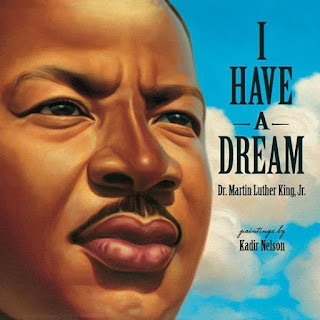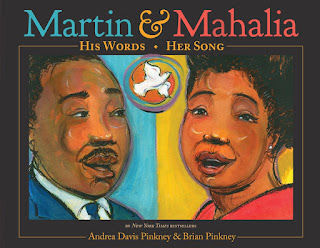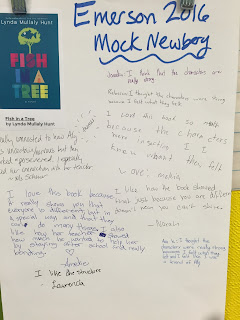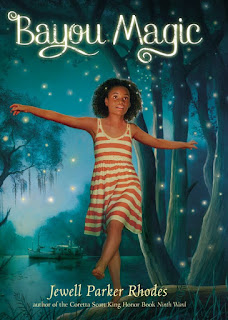1. Engaging content, easy to search
Newsela consistently engages kids with its content. They have a terrific sense of what kids will be interested in and yet they never underestimate kids' ability to think about big issues. They balance fun articles (Jedi lightsaber exercise class) with hard-hitting news (Flint, Michigan water pollution crisis). And they use great photos to draw kids in.
It's easy to search for specific topics or browse general interest areas--and this encourages kids to figure out what interests them, to discover the news that matters. I also love that there's a dedicated site for elementary kids, recognizing that some articles are better for younger kids than others.
 |
| screenshot of "latest news" from Newsela 1.22.15 |
Kids can select the right reading level for them, adjusting the article with an easy click. Nonfiction is harder for many kids to read, especially current events about topics that are new to them. Newsela lets kids read an article at an easier level, with simpler sentences and less complicated vocabulary. They can read, change the level and re-read the same article. Kids with different reading levels can read and discuss the same article but at a level just right for each kid.
 |
| Kids can easily adjust the reading level |
We all like personalizing our reading experience. Kids sign up for free Newsela accounts--at school, I recommend that they use their school Google account to automatically sign in. Newsela lets readers mark which articles they like and recommends other articles on a similar subject.
Teachers love the annotation features. Kids can highlight and annotate articles, saving their thoughts for later. This makes it great for prompting deeper thinking, discussions and further writing about articles. This feature promotes active reading, helping kids focus on main ideas and engage with the material. It's so easy to use that I have found kids enjoy it.
 |
| annotations made with a 5th grade class |
While I am not a fan of multiple-choice quizzes, I actually think these quizzes help kids check their understanding of the article. They also let kids practice taking this type of quiz in a low-stress environment. This helps them practice just the sorts of questions that will be on state tests, but helps them keep a growth mindset--noticing how they get better as they practice more.
5. Text sets encourage kids to broaden thinking
I love the way that Newsela editors are creating text sets to encourage kids to read more broadly. Some recent examples include text sets on animal ethics, bullying, and pollution. Teachers will especially like the PRO/CON text set to support students' persuasive writing.
Newsela App
And now, it's even easier to use at home with your mobile device--Newsela has just released its app for iPads and iPhones. See this Newsela blog article for more information. I've only just started testing this, but I like it already. It's easy to check the most recent news, and it's also easy to search for specific topics. I love the way readers can easily change the reading level on the app -- very well designed.
If you're looking for a way to engage kids with the news, definitely check out Newsela. I'd recommend the Newsela Elementary site for grades 3-5, and the regular site for grades 6 and up. I have only used the free site, and I hope that it continues to provide robust access for general free users.
We use both the free and PRO site in our school district. My daughter's 6th grade teacher uses the PRO subscription site and really likes the additional data he gathers. For families and many classrooms, the free site is a terrific resource. If you make a purchase using the Amazon links on this site, a small portion goes to Great Kid Books. Thank you for your support.
©2016 Mary Ann Scheuer, Great Kid Books





















